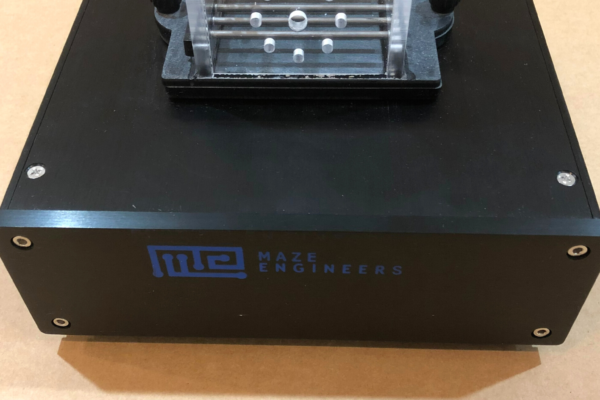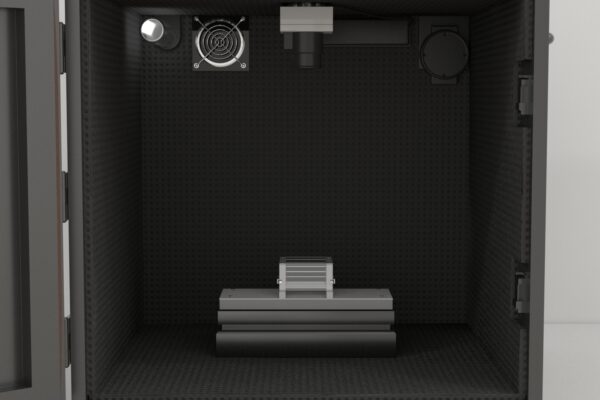The Maze Engineers rodent tremor monitor system is used to measure the tremors in rodents. Tremors are involuntary, rhythmic muscle contractions that can be caused by a variety of factors, including neurological disorders such as stroke, multiple sclerosis, traumatic brain injury or Parkinson’s disease; pharmacological toxicity such as mercury poisoning; and metabolic disturbances such as hypoglycemia. This system can be used to confirm the diagnosis of tremors and to monitor the real-time response of the tremor to treatment. Multiple chambers can be combined with customizable specifications and dimensions are available.
The following parameters can be measured using the rodent tremor monitor system: type of tremor, the severity of the tremor, and the response of the tremor to treatment.
Here are some of the benefits of using a rodent tremor monitor system:
- Accurate tremor measurement: The rodent tremor monitor system is a very accurate way to measure tremors. The system can detect tremors that are too subtle to be seen with the naked eye.
- Quantitative tremor analysis: The rodent tremor monitor system can be used to quantitatively analyze tremors. This means that the system can be used to measure the severity of the tremor, the frequency of the tremor, and the amplitude of the tremor.
- Tremor monitoring over time: The rodent tremor monitor system can be used to monitor tremors over time. This means that the system can be used to track the progression of tremors and assess the response of tremors to treatment.






